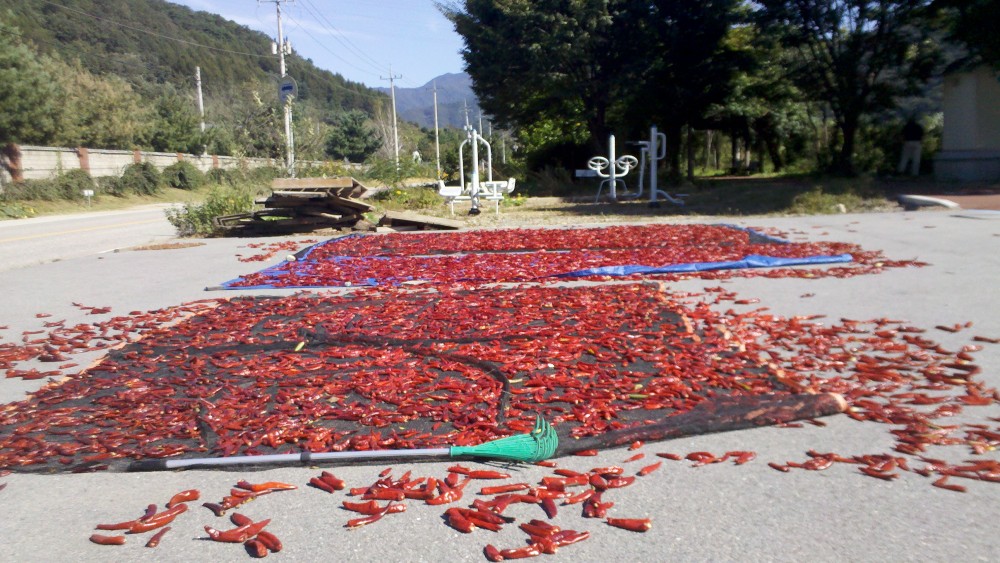Previously I posted about how tracking the names of places is a legitimate geographic pursuit and commented on a story about monuments in post-Communist societies. Today, we’ll be combining these two themes on the persistent discussion on the name of a historically-important urban area in Russia, Volgograd/Stalingrad. While many are familiar with the Battle of Stalingrad, fewer are aware of the political wrangling over the city’s name since it was initially renamed in 1961.
1961 wasn’t the first time Volgograd was renamed. According to wikipedia, the original name for the place was Tsaritsyn due to its location at the confluence of the Tsaritsa and Volgograd rivers. It was renamed in 1925, in honor of Jospeh Stalin’s and the city’s role during the Russian Civil War during the previous decade. The city’s name was then changed by Nikita Khrushchev during his administration’s de-Stalinization campaign, after the leader’s death in 1953.
The BBC reports that the Volgograd/Stalingrad issue has come again as the city council has approved usage of the name Stalingrad on six different days of the year that commemorate World War II. While some oppositionists dismiss this move as cheap vote-buying, which begins making a come-back ahead of elections, others are dismayed by the renewed “official” usage of the name. For them Stalingrad means Stalin, and Stalin meant the deaths of millions (much like the argument against Lenin statues in Mongolia).
Others are advocating a more sensible approach, one is a 92-year old veteran of the battle (as noted in the article) who says that although he can’t condone what Stalin did and is responsible for, “you have to recognize the positive things he did, whether you want to or not.” In this case, Stalin provided the leadership to reverse the Soviet Union’s dismal prospects during World War II. While Stalin can hardly be credited with deserving all of this credit, he was the one in power. More importantly, Stalingrad is how the city was known during this crucial moment in Russian history, its not as if the city was known as Tsaritsyn during the battle and then Stalin changed it to reflect his glory. While the wikipedia article is unclear on this point, Stalin may have renamed the city after himself in the 1920s.
Ultimately, I suppose the most equitable answer is to decide the name by referendum (according to the article the Communists have over 30,000 signatures for Stalingrad). But the referendum should include all three names, Tsaritsyn, Stalingrad, and Volgograd. But then again, considering humanity’s apparent propensity to rename the same thing, who’s to say there isn’t an even older name?
